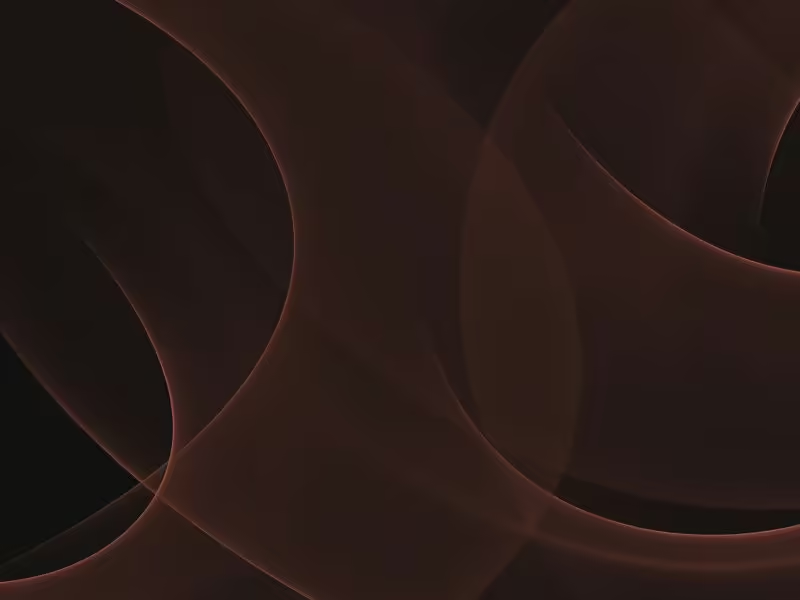
Clean Your Lens (most important iPhone photography tip)
It sounds so incredibly simple yet so many of us forget to do it. Our phones’ cameras don’t have lens protectors so they get dirty in hands, pockets, etc. So the #1 iPhone photography tip is always to clean your lens! You can use a microfiber cloth or just the inside of your shirt to wipe off the lens. It will make your photos so much crisper if you remember to do this regularly.
Turn on Grid Lines
One great iPhone tip is in settings. This one little change will up your iPhone photography game instantly. Grid lines are really key for photo composition and they will help you create better centered and more level photos. To turn them on just go to Settings > Camera and toggle “Grid” to ‘On’ (Green). Now when you open your camera you should see a grid on top of the frame. Just use the grid to make sure the horizon line is straight before you take the photo.
Use HDR To Capture More Color & Detail In Your Photos
HDR stands for High Dynamic Range. And it’s one of the best iPhone camera features for creating perfect exposures in tricky light conditions. HDR lets you capture more color and detail in both the dark and bright areas of your photo. It’s perfect for high contrast scenes, such as deficiencies in a dark area with some bright lighting nearby. To check your iPhone’s HDR settings, go to Settings > Camera. Ensure Smart HDR is switched off (if it’s on, you won’t see the HDR icon in the Camera app. Also, ensure Keep Normal Photo is switched on. Open the Camera app. You’ll see the HDR icon at the top of the screen. You can tap the HDR icon to switch the feature on or off. If HDR is switched off, the HDR icon will have a line through it. So if you want to shoot an HDR photo, ensure the icon doesn’t have a line through it. Now all you have to do is compose your shot and press the shutter button. The camera works behind the scenes to create a balanced exposure.
Tap on a Subject to Focus
Once you have the camera app open, tap the screen on the spot you want the camera to focus. Once you tap a yellow box will appear around the focus area. This will usually be the main issue of the deficiency. The iPhone will usually do this automatically but this takes the guess-work out of it and sets the focus for sharper images.
Adjust the Light Before You Shoot
After you tap the screen to set focus, you’ll see a yellow box and a sun appear where you tapped. From here you can hold your finger on the screen and drag up to add more light into the photo or drag down to darken the photo.
Record The Location Of Your Photos (And View Them On A Map!)
Your iPhone can record the location every time you take a photo. This means you’ll always know where you took a particular picture and so will your customers. In the Photos app, you can search for images based on location. And you can even view your photos on a map. You can turn Location Services on or off by going to Settings > Privacy > Location Services. Ensure Location Services are on (green). Then ensure the Camera option is set to While Using. When you open a picture in the Photos app, the name of the place it was taken appears at the top of the screen. Swipe up on the photo to view a map of that location. Note that the location will only be shown if Location Services was enabled when you took the photo.To find photos you took at a particular location, tap the Search icon (magnifying glass) at the bottom of the Photos app. Type the place name into the Search box at the top of the screen.To view your photos on a map, go to the main Albums screen of the Photos app. Open the Places album and ensure “Map” is selected at the top of the screen. Pinch to zoom in or out on the map. Tap on a set of photos to see more images from that location. With Location Services enabled, your iPhone’s photo library will turn into a collection of deficiencies and where they are located. And if you ever need to find all the photos you took in a certain place, it only takes seconds!
Use the 0.5 Wide Angle Lens to Fit More in the Frame
If you have one of the newer iPhones, there is a wide-angle lens built in. This means you can fit a lot more into a frame when you use this lens. To shoot wide-angle photos, just open your camera and click the “.5” to the left of 1x.
Use a Vertical Panorama for Very Tall Objects
Sometimes things are just too tall to capture in a single shot and if you’re in a small space it can be hard to get far enough away to do so. That’s when the vertical panorama comes in handy.
Just open your camera app and scroll over to “Pano.” Turn your phone horizontal where the white arrow is facing upwards. Point the camera towards the bottom of the tall item and hit the shutter button. Slowly tilt your phone up while the “Pano” is being captured. Press stop when you’ve captured the height you want.
Turn Your Phone Upside Down to Get the Lowest Angle
If you need a lower angle, you can gain an extra few inches by turning your phone upside down! This way the camera is the lowest part of the phone to the ground. Your phone should realize you’re doing this and rotate your photos automatically, but if it doesn’t you can just rotate them 180 degrees afterwards.
Use Night Mode for Low-Light Shots
Night Mode is one of the features on newer iPhones and it allows you to take photos at night without attempting to use the (not so great) built-in flash.
When it’s dark enough you’ll see a moon icon appear in the top left of the camera screen. It will auto-set to the length of time it needs for the amount of light, but you can also set it yourself by clicking that icon and sliding left and right.BONUS 11th Tip : Get Closer Instead of zooming in, since zooming in degrades the quality of the photo, if you want more of the deficiency in the photo just take a few steps closer.
There you have it! Some tips and tricks you can incorporate into your photo taking to immediately improve the quality of your documentation of deficiencies. Please let us know if we missed any of your favorite tips. We’d love to share them with everyone.

